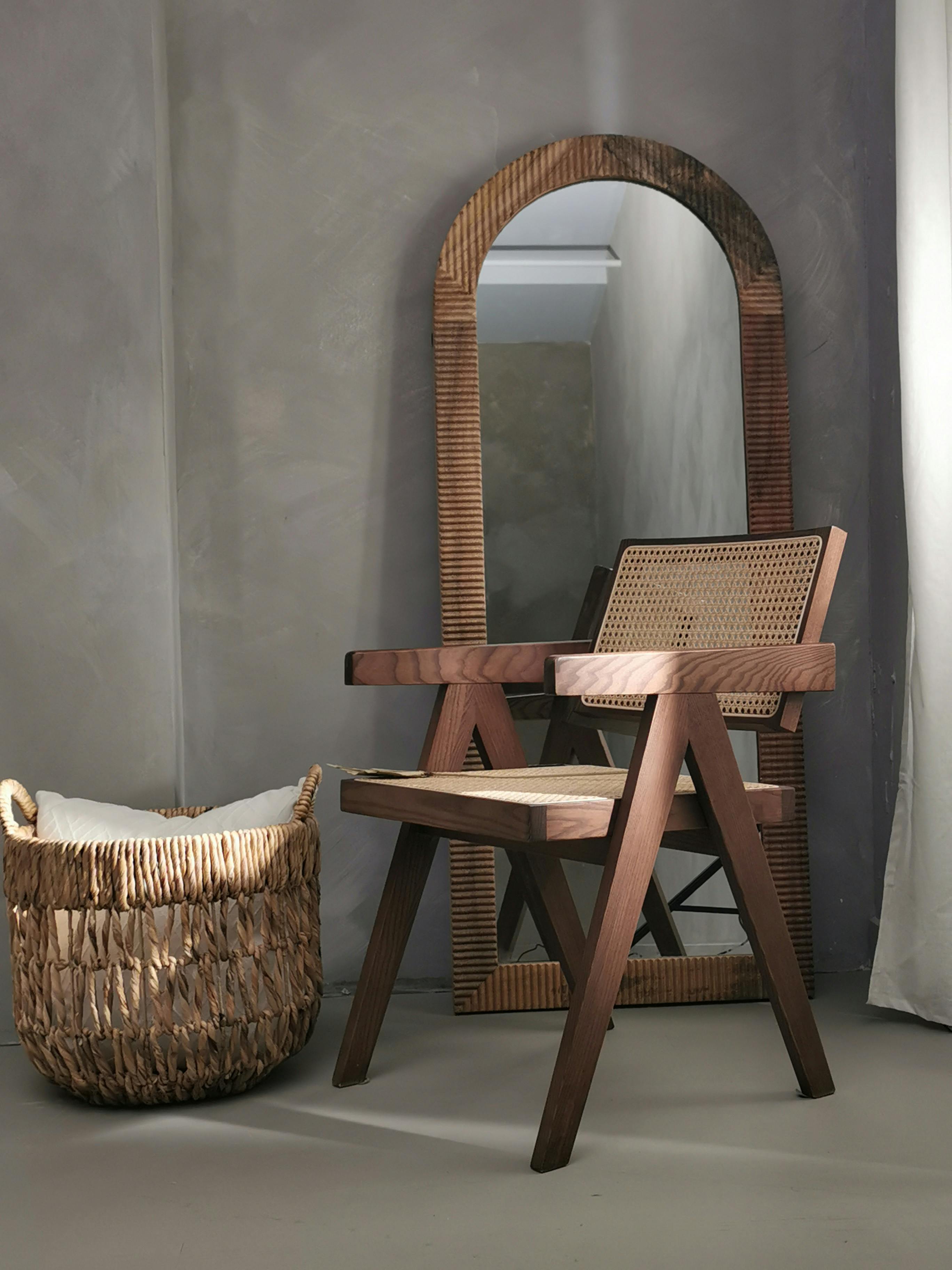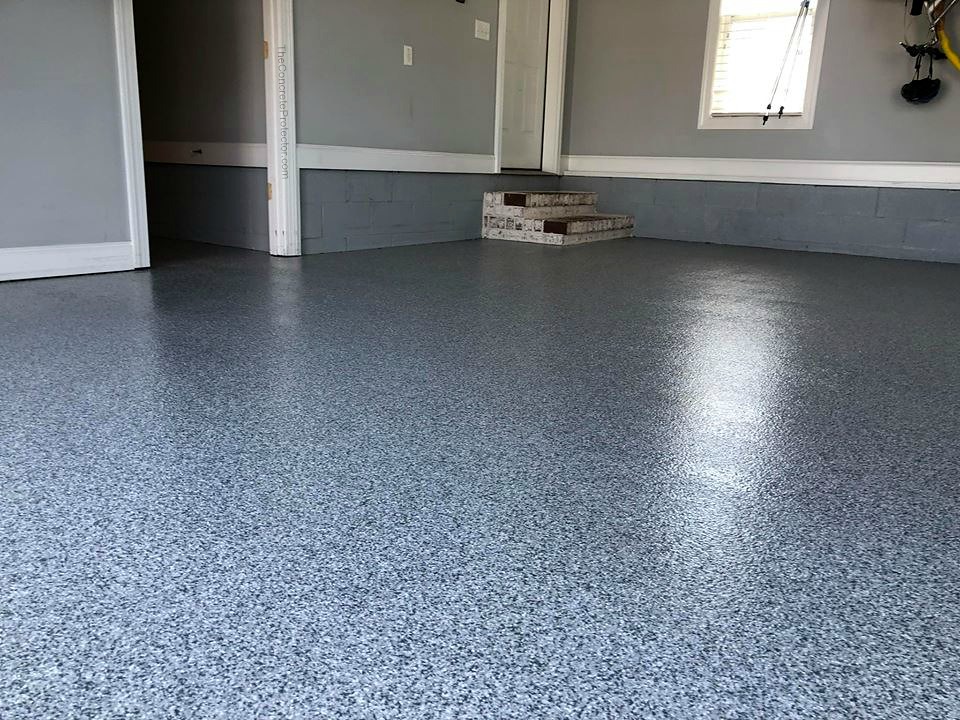"Rediscovering Wabi-Sabi: Imperfection In Home Design"
Introduction: Dive into the world of Wabi-Sabi, a Japanese aesthetic that embraces imperfection and transience in design. This concept, steeped in Buddhist principles, is redefining modern home styling by transforming flaws into focal points. Let's embark on a journey to explore the Wabi-Sabi aesthetic, its roots, and its growing popularity in today's homes.

The Roots of Wabi-Sabi
Wabi-Sabi lays its roots in 15th century Japan, stemming from the Buddhist teachings of impermanence, suffering, and emptiness. It is a philosophy that finds beauty in imperfection and accepts the natural cycle of growth, decay, and death. This concept has been embraced in various aspects of Japanese culture, including tea ceremonies, pottery, and literature.
Wabi-Sabi in Modern Design
In the context of home design, Wabi-Sabi is about finding beauty in imperfection. It dismisses extravagant, glossy, and artificial decor, focusing instead on the natural, imperfect, and incomplete. This design aesthetic encourages the use of organic materials, handcrafted items, and objects that bear the mark of time. The resulting space is warm, authentic, and deeply personal.
The Practicality of Wabi-Sabi
Beyond its aesthetic appeal, Wabi-Sabi offers practical benefits. It encourages a minimalist lifestyle, reducing clutter and promoting mental well-being. This philosophy also promotes sustainability by valuing items that age gracefully, thus minimizing waste. In a world driven by consumerism, the Wabi-Sabi approach is a refreshing antidote.
Market Trends: Wabi-Sabi’s Rise in Popularity
The Wabi-Sabi aesthetic has been gaining traction in the global home design market. Its appeal lies in its authenticity, simplicity, and connection to nature—all of which resonate with today’s conscious consumers. Moreover, Wabi-Sabi aligns with the growing trend towards mindfulness, making it a powerful design aesthetic in the post-pandemic world.
Wabi-Sabi: Enhancing Daily Living
Incorporating Wabi-Sabi in our homes can enhance our daily living. It shifts our focus from owning perfect, mass-produced items to appreciating the unique beauty of handmade, aged, and natural items. This can lead to a profound shift in our relationship with our living spaces, making them more comforting, serene, and grounded.
In conclusion, Wabi-Sabi is not merely a design trend—it’s a lifestyle, a philosophy, and a mindful approach to living. By embracing imperfection and transience, we can create homes that are authentic, beautiful, and deeply comforting. With Wabi-Sabi, we learn to find beauty in the imperfect, and the ordinary becomes extraordinary.




